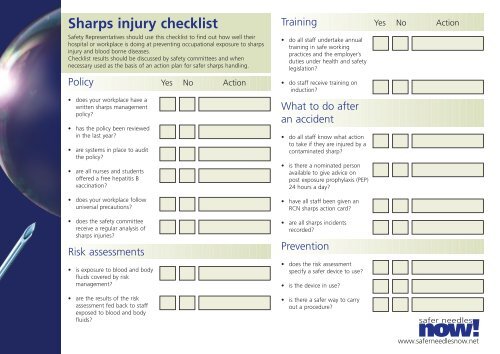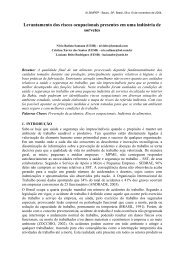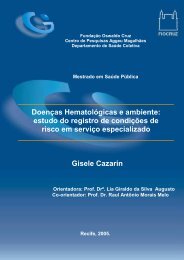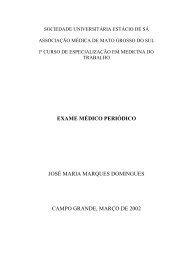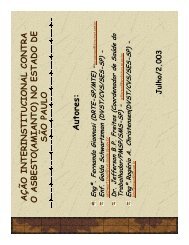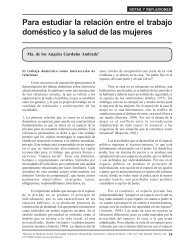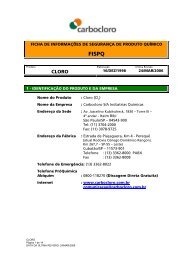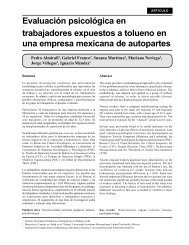Sharps injury checklist - BVSDE
Sharps injury checklist - BVSDE
Sharps injury checklist - BVSDE
Create successful ePaper yourself
Turn your PDF publications into a flip-book with our unique Google optimized e-Paper software.
<strong>Sharps</strong> <strong>injury</strong> <strong>checklist</strong><br />
Safety Representatives should use this <strong>checklist</strong> to find out how well their<br />
hospital or workplace is doing at preventing occupational exposure to sharps<br />
<strong>injury</strong> and blood borne diseases.<br />
Checklist results should be discussed by safety committees and when<br />
necessary used as the basis of an action plan for safer sharps handling.<br />
Policy Yes No Action<br />
• does your workplace have a<br />
written sharps management<br />
policy?<br />
• has the policy been reviewed<br />
in the last year?<br />
• are systems in place to audit<br />
the policy?<br />
• are all nurses and students<br />
offered a free hepatitis B<br />
vaccination?<br />
• does your workplace follow<br />
universal precautions?<br />
• does the safety committee<br />
receive a regular analysis of<br />
sharps injuries?<br />
Risk assessments<br />
• is exposure to blood and body<br />
fluids covered by risk<br />
management?<br />
• are the results of the risk<br />
assessment fed back to staff<br />
exposed to blood and body<br />
fluids?<br />
Training Yes No Action<br />
• do all staff undertake annual<br />
training in safe working<br />
practices and the employer’s<br />
duties under health and safety<br />
legislation?<br />
• do staff receive training on<br />
induction?<br />
What to do after<br />
an accident<br />
• do all staff know what action<br />
to take if they are injured by a<br />
contaminated sharp?<br />
• is there a nominated person<br />
available to give advice on<br />
post exposure prophylaxis (PEP)<br />
24 hours a day?<br />
• have all staff been given an<br />
RCN sharps action card?<br />
• are all sharps incidents<br />
recorded?<br />
Prevention<br />
• does the risk assessment<br />
specify a safer device to use?<br />
• is the device in use?<br />
• is there a safer way to carry<br />
out a procedure?<br />
www.saferneedlesnow.net
Safety devices <strong>checklist</strong><br />
• have all unnecessary needles been eliminated from use,<br />
including needles used for drawing blood from intravenous<br />
and central lines that can be replaced by needleless or blunt<br />
cannula devices?<br />
Yes No Action<br />
• does your workplace use automatically retracting finger/heel<br />
lancets in place of manual lancets or non-retracting spring<br />
lancets?<br />
• have all staff been advised not to re-sheath needles manually<br />
or remove needles from syringes after use?<br />
• has your workplace introduced safer IV catheters?<br />
• has your workplace introduced safer blood collection devices?<br />
• has your workplace adopted needleless, blunt or protected<br />
needle IV systems?<br />
• is your workplace aware of the risks associated with<br />
‘piggyback’ or intermittent IV line connections?<br />
• has your workplace adopted devices with integrated safety<br />
features for needles and syringes?<br />
• are theatre staff following expert guidance on sharp instument<br />
use? (1998 UK Departments of Health Expert Advisory Group)<br />
• is your hospital/trust PPE policy implemented for gloves, facial<br />
protection, clothing and footwear?<br />
• does sharps disposal conform to your local waste<br />
disposal policy?<br />
www.saferneedlesnow.net


